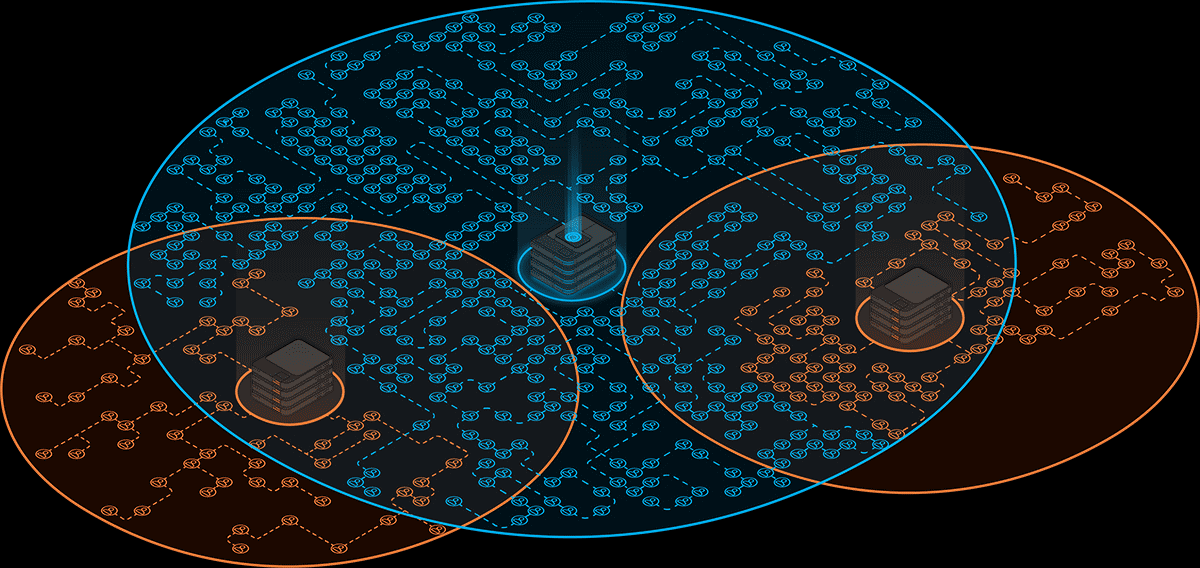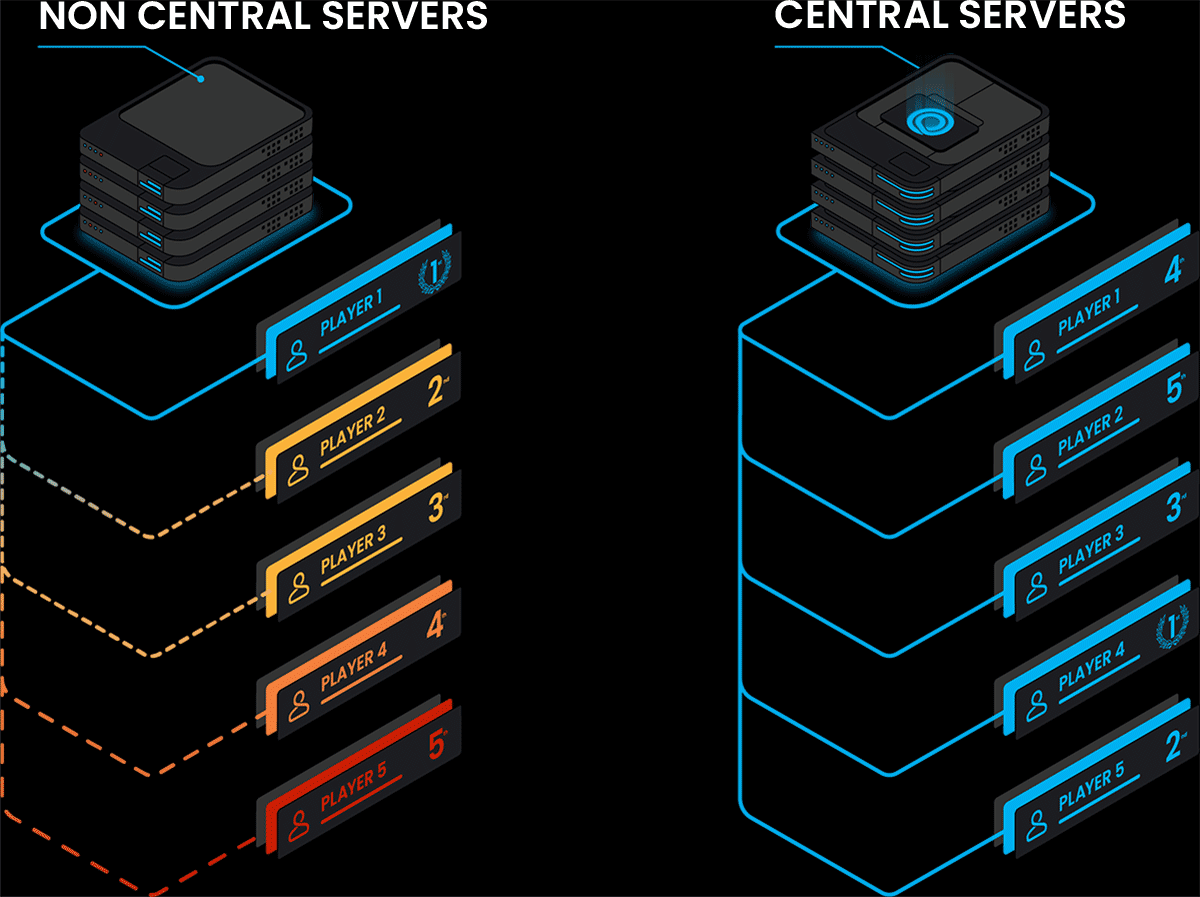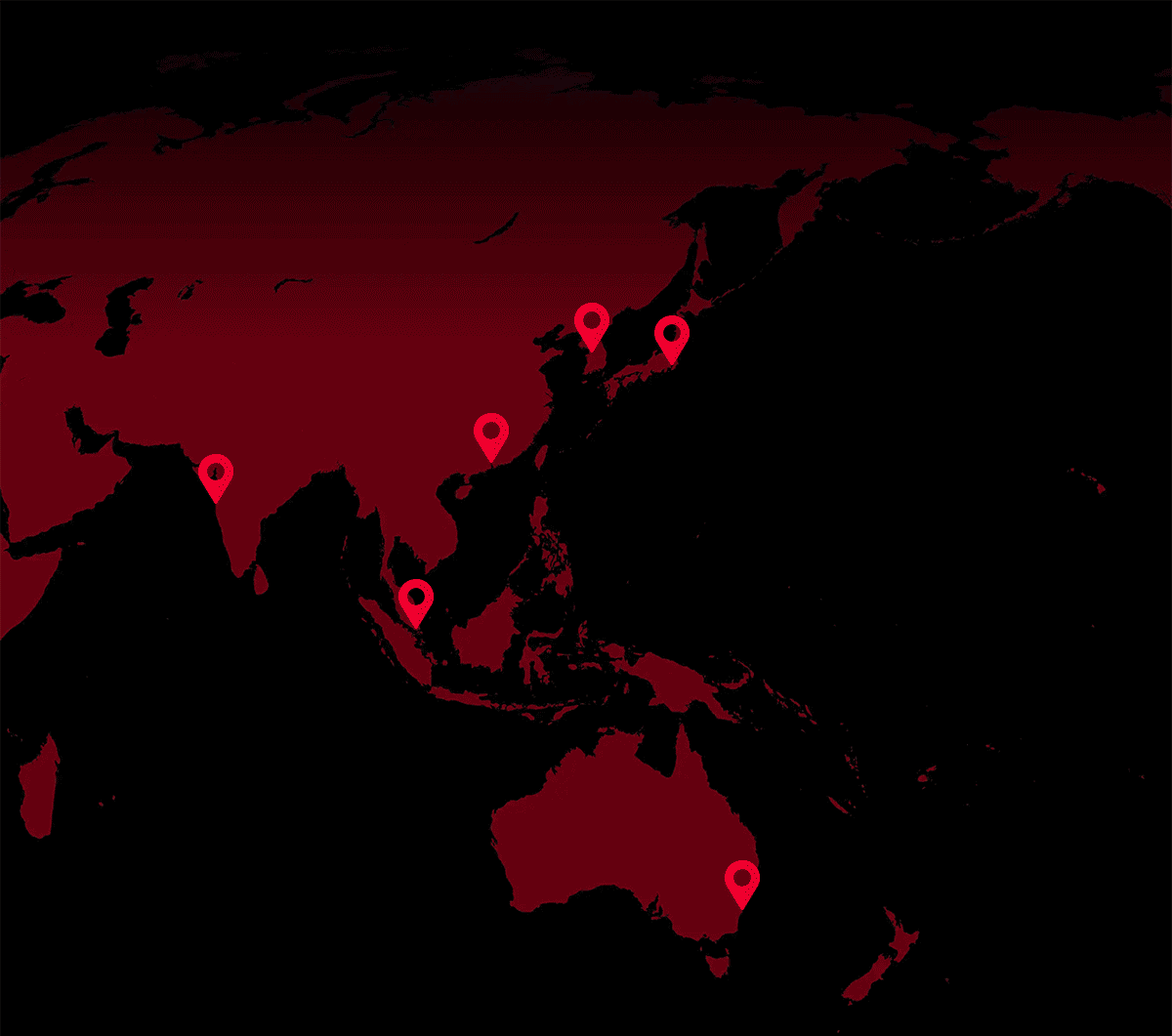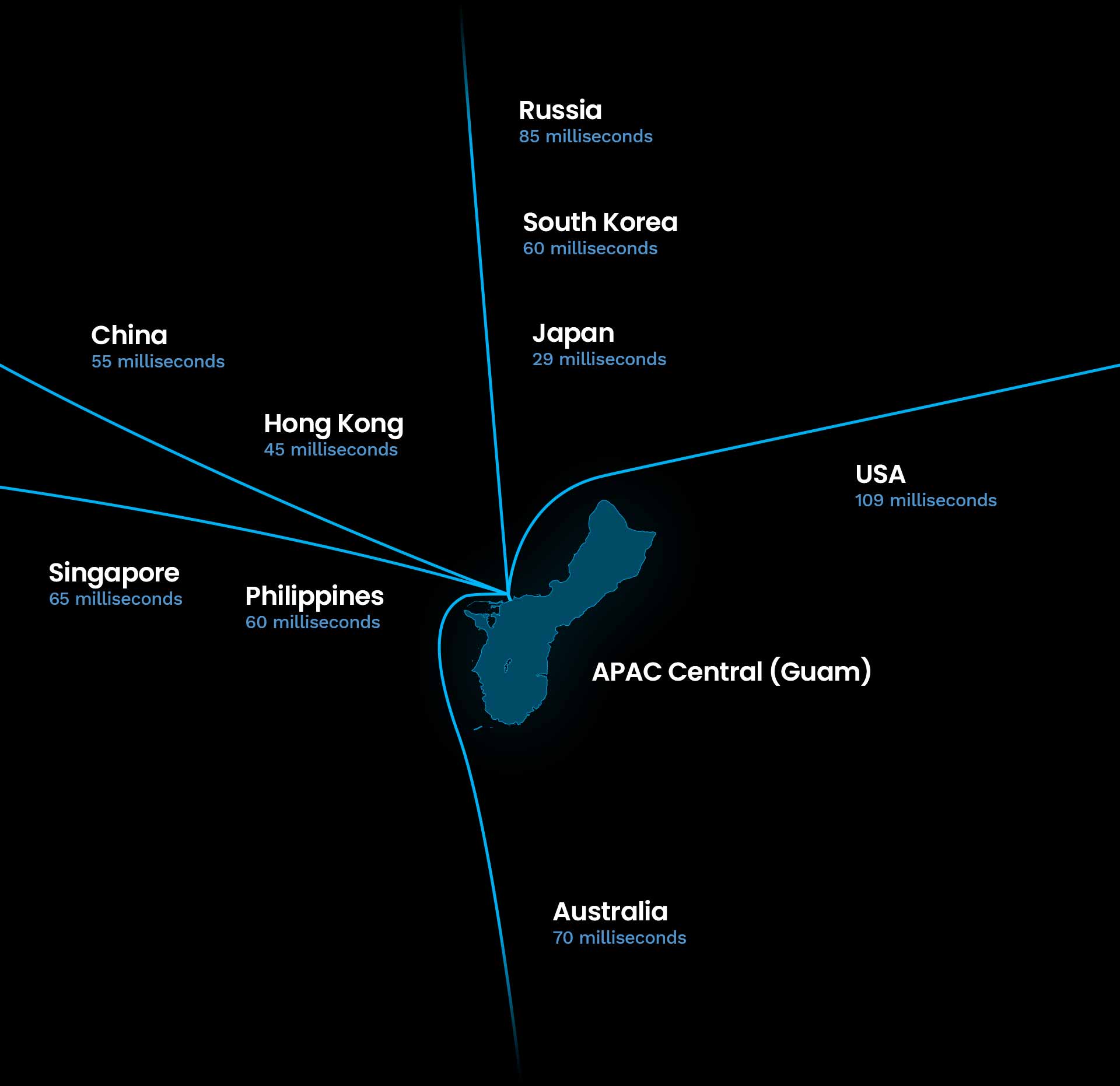Why your game needs a central server.
by Austin Gallagher • 28 Jun 2022
Every swing of a sword, every spell, every headshot, every critical hit — it all relies on servers.
Fractions of a second can change everything.

You want the best for your players. For high-stakes fast-paced games, you need to minimise the chance of a lost packet, or a desynchronised game. No matter what, players need to have faith in reliably low ping.
But that’s not always possible.
If you’re lucky, the majority of your player base might be close to one server. But players might be spread out across entire continents.
How do you make sure there’s an option for every player?
Central servers.
What are central servers?
Central servers are designed to walk the tightrope between acceptable latency and maximum reach, primarily built in locations with high-speed connectivity such as capital cities.
They’re for gaming groups spread across regions.
They’re for gamers who live off the beaten track.
They’re for the late-night gamer when the other servers are winding down.
When considering a central server location, the average ping matters more than the lowest ping. To give a larger group of users good latency, most users will experience slightly higher latency than if the server they were connecting to was local.
In an ideal network, distance is the main limiting factor, and central servers aim to eliminate the longest distances.
From personal experience, there are games that I have put down forever because there wasn’t an option to play with my friends without someone on unplayable ping.
For competitive games, someone was always at a disadvantage, and if we were playing cooperatively they’d be playing with a severe handicap.
While this isn’t right for every game, countless games would benefit from having a central server.
What are the benefits of a central server location?
Benefit #1: Extensive reach

With a central server location, developers get massive reach across a given region. Players can play with friends, old and new, and connect with people that would be impossible to reach otherwise.
Take APAC Central for instance. It can reach 1.45 billion gamers in twenty countries. If you compare that to an average server in Tokyo, the difference in reach is orders of magnitude.
For each dollar spent by the developer you’re reaching more people, and you’re giving them each a more comprehensive experience.
Benefit #2: Better latency

When those players jump online, it isn't just a wider range geographically, but in terms of skill.
This means that distant players ‘meet in the middle’ with similar ping, avoiding unfair advantages.
By investing in a central server, developers provide a fair playing field for gamers to hone their skills.
Central servers help build a more competitive and engaged community across the entire region.
Benefit #3: Bigger player pool

By investing in central servers, you can unite your game's population on fewer servers. This makes matchmade activities much easier to fill with fewer active players overall.
A consolidated player population with quick searches keeps players in the gameplay loop and off menus.
A game that you spend time playing instead of waiting? That is a game where players keep coming back for more.
Central servers change the game
When these benefits work together in tandem, it greatly improves the multiplayer of any game.
It means that no matter the time of day, people can jump on your game and know that they will be able to find a match quickly and at their skill level.
They won’t have to wait for prime time, and they won’t be stuck in a queue for a match.
Centrality isn’t a silver bullet
No tool is right for every job.
For the best ping, a local server will always beat a central one.
If you live in the same city as a data centre for your game of choice, the connection delay will be almost imperceptible.
At the highest level of play, there would probably be players who would camp inside a data centre if it shaved a few milliseconds off their ping.
At the expense of everyone else.

This is why you need central servers to combat ping inequity.
As a game becomes more popular, more players connecting from across the world will need to be supported
The choice every developer will need to make becomes:
- Faster connections for some, with higher ping for everyone else
- An increased average ping, but that is equitable across many players
Choosing the second option means more players honing their skills against a variety of opponents. It means more gamers playing with far-flung friends. It means a healthier game population united on one server. It means a game that they can consistently play, regardless of whoever is online.
With all these benefits in mind, central servers are a powerful tool to support an already extensive network or lower costs without sacrificing reaching players.
But where are the world’s central servers?
Multiplayer games need server coverage across the globe.
Take Riot Games’ Valorant as an example.
(for reference, we're not connected with, or related to Riot Games or Valorant)
Riot Games has central servers in North America (Iowa) and Europe (Frankfurt) but lacks total coverage in other regions.
South and Latin American players have Santiago, Mexico City, Miami, and Sao Paulo, none of which are central.
African players only get one option in Istanbul.
Lastly, the geography of Asia-Pacific (APAC) makes the most common regions poor choices for a central server, separating the players substantially.

Functionally, Valorant’s many server locations probably work for a majority of players, especially given its high player count.
Splitting your players too much can kill your game
But for smaller games, separating the population into so many server locations may damage the game, as each individual location may suffer from a lack of a viable population. Not to mention that having this many server locations may be financially unviable for many studios.
Without the support of a huge publisher, or a massive amount of players, a central server is an invaluable tool for any multiplayer game.
But in APAC, the region with the most gamers, there simply wasn’t an alternative.
Where would you put a central server in APAC?
APAC had been left behind, despite being the largest games market globally.
Servers are located across Asia, but they don’t serve a potential player base equally.
The best option used to be Singapore or Hong Kong. While that was great for a player there or in Bangkok, their competitors in Sydney facing a huge ping was at a massive disadvantage.
So where would an APAC central server go?
Some Australian locations had potential.
Darwin had geographical benefits, but lacked the infrastructure. Perth was considered but is too far south to give benefits to all but a handful of users.
So we looked further afield, and instead established our central server on an island in the middle of the Pacific, Guam.
We built it from the ground up, Asia-Pacific’s first truly central server location. It connects Asia, Australia, and even the east coast of the USA.
We call it APAC Central.

The existing options in APAC weren’t good enough for the number of gamers trying to connect across the region.
So we took a risk and established what is a true central server location for APAC.
The island of Guam happened to be a perfect location with access to a web of subsea cables making it the crossroads of APAC connectivity.
Now APAC can finally take advantage of all the benefits of a central server.
The only thing that stood in the way? Putting servers on a Pacific island.

 Menu
Menu


